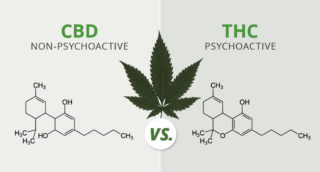It is a neuropsychiatric condition (which can be reversible) as a result of liver failure (whether as a result of chronic liver disease or as a result of acute failure). When liver function is impaired, toxic substances that are normally excreted by the liver accumulate in the blood, which, among other things, enters the brain and disrupts the normal functioning of brain cells. Clinical signs may include blurred consciousness, asterixis, a tremor of the palms, also known as tremors of the hand, and a decrease in consciousness to the floor, cerebral edema, and eventually death.
Severe encephalopathy causes a change in the level of consciousness – one of the early stages is called day-night change: a condition in which the patient complains that he tends to sleep during the day and does not sleep at night. Also, there may be a problem with a special concept (problem with copying simple drawings, drawing a line by connecting dots). Hepatic encephalopathy also manifests itself on physical examination for asterixis, the patient is asked to lean forward, and slow rhythmic fluctuations occur (this phenomenon can also occur, for example, in renal failure).
Although hepatic encephalopathy may reflect an exacerbation of an existing liver disease, it can also result from a number of other factors. In fact, almost any metabolic problem can cause liver encephalopathy – the most common causes are hypothermia, low sodium levels in the blood (as a result of using a diuretic), hypokalemia (low potassium levels in the blood), dehydration, alkalosis (high pH), and kidney failure.
In 1998, a rating of hepatic encephalopathy was proposed by subgroup:
type A acute – Encephalopathy associated with acute liver failure
type B – Encephalopathy caused by SHANT (bypass / bridge) between the portal system and the systemic system (without internal liver disease (bypass) –
type C – (Cirrhosis, cirrhosis): encephalopathy occurs as a result of exacerbation of liver cirrhosis.
CBD and hepatic encephalopathy treatment
In a model of bile duct obstruction in mice with HE liver disease, cannabidiol was found to have a potent and beneficial therapeutic effect. Action of adenosine receptors A (2) A Reduces liver disease, and since cannabidiol is an agonist of this receptor, CBD treatment will reverse the damage caused by the disease by enhancing the action of the adenosine receptor.
In addition, the results showed marked improvements in liver and brain function. CBD Restores Normal Liver Function, Causes the normalization of serotonin (HT-5) levels and, together with a positive effect on brain function, can constitute a treatment that has a very positive effect on hepatic encephalopathy.









